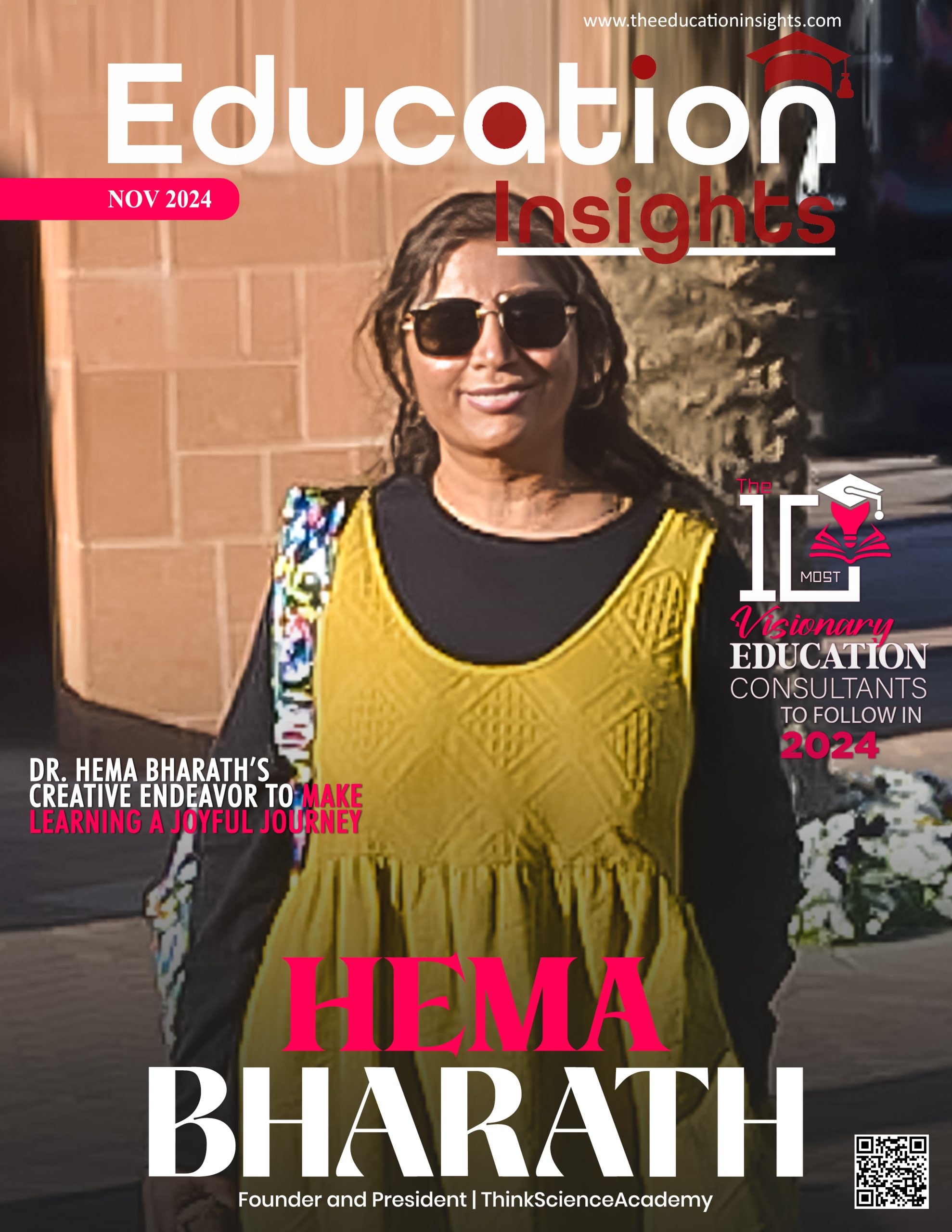The Role of Education in Structure a Comprehensive Educational Site for All
The function of education in developing a comprehensive instructional site for all is significantly identified as important in today's diverse culture. This inquiry invites more exploration right into the characteristics of instructional equity and performance.
Relevance of Inclusivity

When educational sites prioritize inclusivity, they develop a culture of belonging where every student really feels valued and equipped. This environment motivates energetic involvement, partnership, and common regard among learners, promoting more powerful social relationships. In addition, comprehensive techniques contribute to improved scholastic outcomes, as students are more likely to involve with the educational program when they see their identities reflected and valued.
Moreover, inclusivity prepares pupils for a varied workforce and culture, equipping them with the skills needed to navigate and contribute positively to diverse settings. By embracing inclusivity, educational websites not just fulfill their ethical commitments but additionally improve the educational landscape, inevitably benefiting trainees, teachers, and the neighborhood at large. Cultivating inclusivity is vital for the innovation of efficient and fair education.
Leveraging Modern Technology for Learning
Incorporating technology into academic websites improves inclusivity by providing varied discovering tools and resources customized to individual requirements. Digital platforms enable for the integration of multimedia sources, such as video clips, interactive simulations, and gamified discovering experiences, which accommodate varying discovering designs. This accessibility makes certain that learners can engage with content in ways that resonate with them, cultivating a much deeper understanding of subject.
Moreover, technology helps with real-time comments and customized learning paths. Through adaptive understanding innovations, educational sites can examine specific efficiency information, allowing tailored content delivery that satisfies each learner's pace and efficiency degree. This approach not only boosts engagement but likewise empowers pupils to take possession of their knowing trip.

Cutting-edge Teaching Methods

One famous method is project-based discovering (PBL), which encourages pupils to participate in hands-on jobs that deal with complicated questions or obstacles. This technique fosters cooperation, creative thinking, and problem-solving abilities, every one of which are crucial in today's labor force. Flipped classrooms have actually acquired traction, where conventional learning is turned around; trainees assess lecture products at home and engage in interactive tasks throughout class time, advertising deeper understanding and retention.
One more check this considerable fad is the integration of gamification into education. By including video game aspects into lessons, teachers encourage students and improve involvement via competition and benefits. In addition, set apart direction dressmakers discovering experiences to meet the varied requirements of students, enabling for customized learning courses that adapt to varying capacities and passions.
Collaboration and Neighborhood Structure
Frequently, partnership and neighborhood structure are recognized as crucial parts of reliable education and learning, promoting a inclusive and supportive learning atmosphere. These aspects produce a structure where trainees, instructors, and area click for info members can participate in significant interactions, enhancing the academic experience for all participants.
Partnership urges the sharing of concepts, resources, and experience, helping with a richer learning process. This vibrant aids to damage down silos within the educational community, promoting interdisciplinary approaches that can resolve complicated problems. By functioning with each other, instructors can establish cutting-edge curricula that show varied point of views while satisfying the varied needs of trainees.
Community structure works together with collaboration, as it grows a feeling of belonging amongst all stakeholders. They are more most likely to spend time and sources right into cumulative objectives when individuals feel linked to their instructional neighborhood. This shared dedication can lead to raised motivation, enhanced scholastic results, and better retention prices.
In addition, promoting cooperation and neighborhood building can additionally expand past the classroom, entailing moms and dads, regional organizations, and organizations. These collaborations can offer assistance and sources that boost academic opportunities, ultimately adding to a much more extensive educational site for all.
Measuring Success and Effect
The performance of partnership and area structure in instructional setups can be assessed through various metrics that determine success and effect. These metrics may consist of student interaction degrees, academic performance, retention rates, and area responses. By utilizing quantitative data such as examination scores and college graduation rates, academic stakeholders can determine the general effectiveness of joint initiatives.
Furthermore, qualitative evaluations, such as studies and emphasis teams, provide important insights into participant fulfillment and perceived benefits of community-building tasks. Regularly tracking these metrics allows instructors to identify locations of stamina and those requiring enhancement, making sure that joint efforts stay focused and impactful.
Furthermore, longitudinal studies can assist determine the long-term impacts of academic partnerships on pupil outcomes and community growth. These analyses can reveal fads gradually, highlighting just how sustained cooperation fosters a setting for discovering and development.
Eventually, specifying success in academic setups calls for a multifaceted strategy, incorporating both qualitative and measurable data. By continuously examining the effect of cooperation and community-building efforts, instructional sites can refine their techniques, ensuring they satisfy the diverse demands of all stakeholders entailed.
Final Thought
In verdict, education and learning serves as a foundation in developing a thorough instructional site that prioritizes inclusivity for all students. Inevitably, the dedication to inclusivity and equity prepares students for success in an interconnected and diverse world, strengthening the transformative power of education and learning.
The value of inclusivity in instructional sites can not be overstated, as it plays a critical function in cultivating a learning setting that accommodates diverse histories and abilities. Inclusivity makes certain that all pupils, regardless of hop over to these guys their socio-economic status, ethnic background, gender, or learning capacities, have fair access to instructional resources and possibilities.When educational sites focus on inclusivity, they produce a society of belonging where every student feels valued and equipped. By welcoming inclusivity, educational sites not only accomplish their ethical commitments but also enhance the educational landscape, eventually benefiting trainees, instructors, and the neighborhood at huge.The efficiency of cooperation and community structure in academic setups can be assessed via different metrics that measure success and influence.